The Polestar 2 is an impressive electric car that’s good looking, safe, refined, practical and powerful.
But is it a car you can go racing in? Until very recently I would have said no, it probably is not. Then Polestar invited me to do some snow driving in the Arctic Circle.
I flew to Rovaniemi, in Lapland, where Polestar had lined up an adventure for a small band of UK journalists.
Over the course of three days we experience temperatures as low as -11. Perfect for testing how an electric car handles the cold!
A few miles outside Rovaniemi, deep in the snowy woods, is a private racetrack and testing facility.
Polestar lined up a range of their dual motor cars for us to try out here. These are equipped with electric motors at the front and rear, making them four-wheel drive – essential for driving on snow and ice.
With a 0-62mph time of 4.5 seconds they also have thunderous acceleration.
Snow driving
We used three different tracks at the test facility. The first, a snow track, gave us an experience of drifting the car. An ice track was longer and a little more slippery. Finally, there was a long straight with a wooden moose at one end that we would try to avoid at the last moment.
With an instructor beside me I was taught how to drift, braking before the corner then using the power so the car slides round the bend.
On the straight I charge towards the moose before swerving at the last possible moment. We’re doing 70kph on snow and I’m sure the car will spin but it doesn’t, although I do knock over a cone on my final run at 80kph.
Polestar’s chief test engineer Joakim Rydholm is the man responsible for the car’s driving dynamics.
The affable Swede spent years working on the Polestar 2 prior to production, driving it in the Arctic Circle, the UK, Europe and America to ensure it performs on all surfaces and in all conditions.
The car fanatic tried dozens of different suspension set ups, tyre combinations and chassis tweaks before declaring himself happy with the end result. He’s even known to lie down in the passenger footwell so he can hear how much noise various components are making.
Pro driving
Oh, and in his spare time he’s also a rally driver. “Welcome to my office,” he beams as he slides into the driver’s seat. Joakim’s Polestar 2 has studded tyres to give extra traction on the snow but otherwise the car is set up exactly as it would be for any customer.
Over the next 10 minutes he shows me just what the Polestar 2 is capable of. We drift round corners in a full power slide then roar along the straights, hitting more than 100kph before braking for the next bend.
It’s a thrilling experience and showcases just how well balanced the car is. Anyone who says electric cars are boring needs to check out Joakim’s videos on Instagram.
The following morning we take the Polestar 2 north of Rovaniemi for an excursion into the Lapland wilderness. While range is slightly lower in freezing conditions the car is still good for upwards of 250 miles even with the heating turned up high and our heated seats on.
Before leaving it’s time to see how the professionals cope with snow and ice at the Arctic Rally. The first car up on the grid is…Joakim in his Polestar 2. The crafty devil has managed to persuade the race organiser to let him tackle a couple of stages.
While his car has the speed to be competitive it only has standard road suspension and lacks a roll cage or harness, so he’s forced to ease off on jumps. It’s still an impressive performance though.
And it’s an impressive car. I can’t wait to see what the Polestar 3, 4 and 5 are like.
Facts
Price: £55,700
0-62mph: 4.5 seconds
Top speed: 127mph
Range: 301 miles
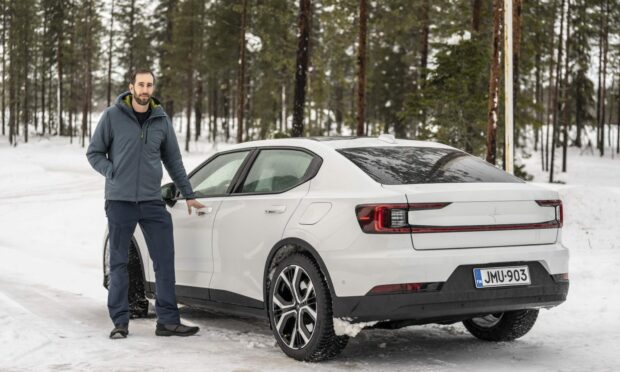
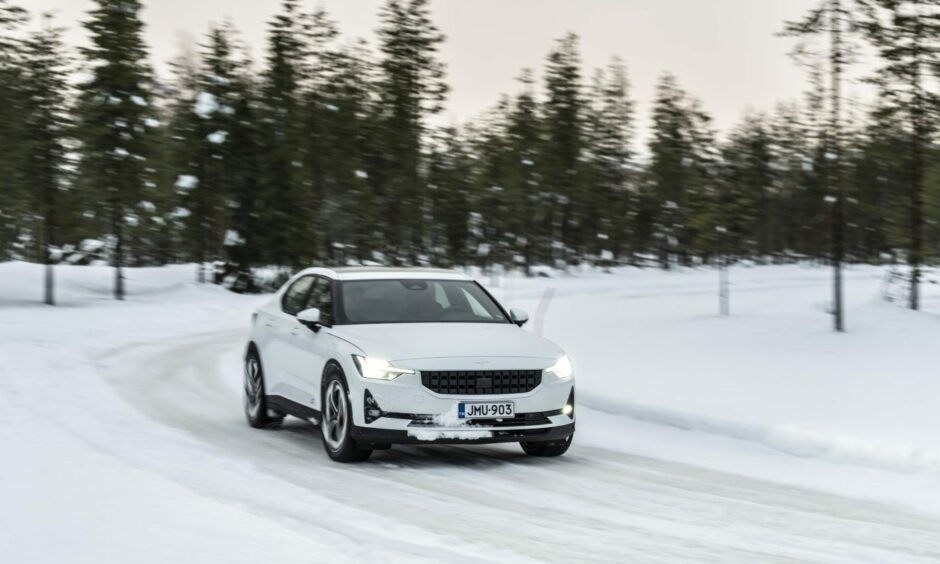
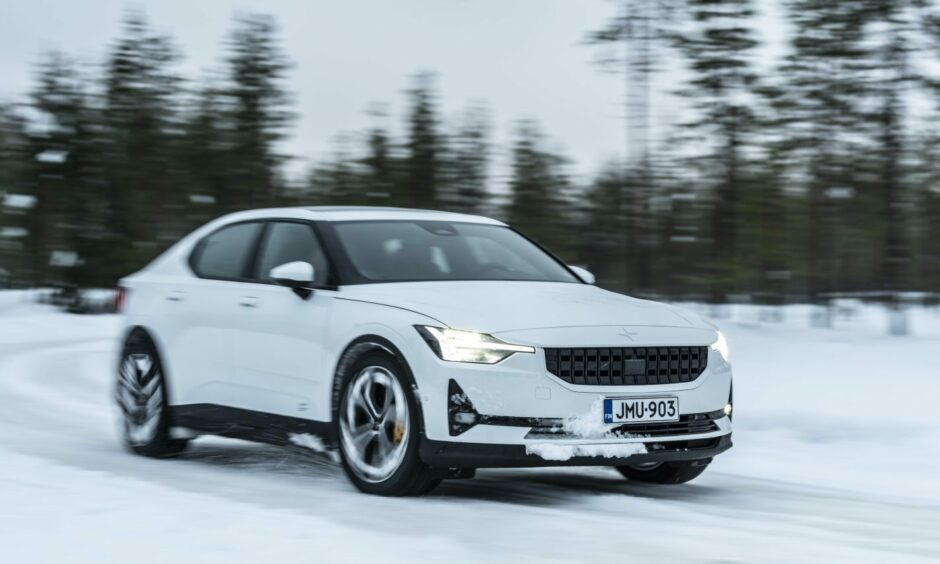
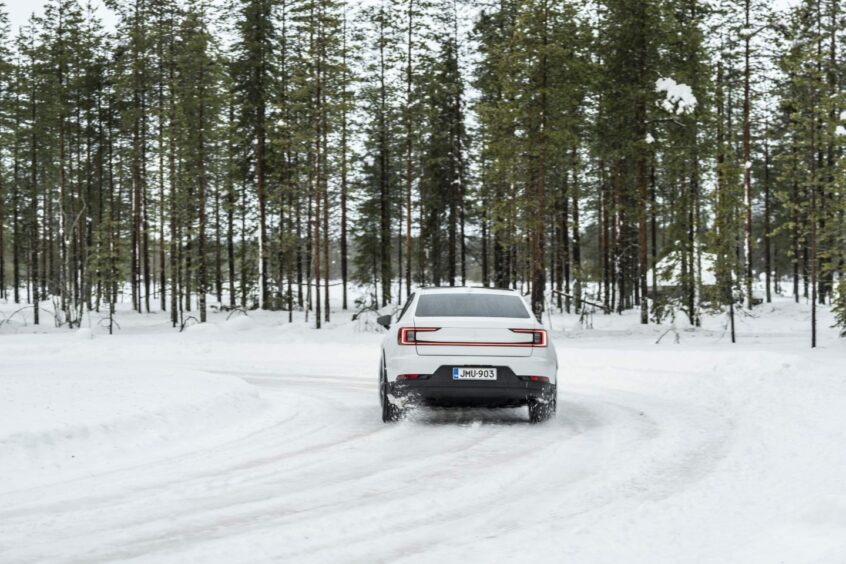
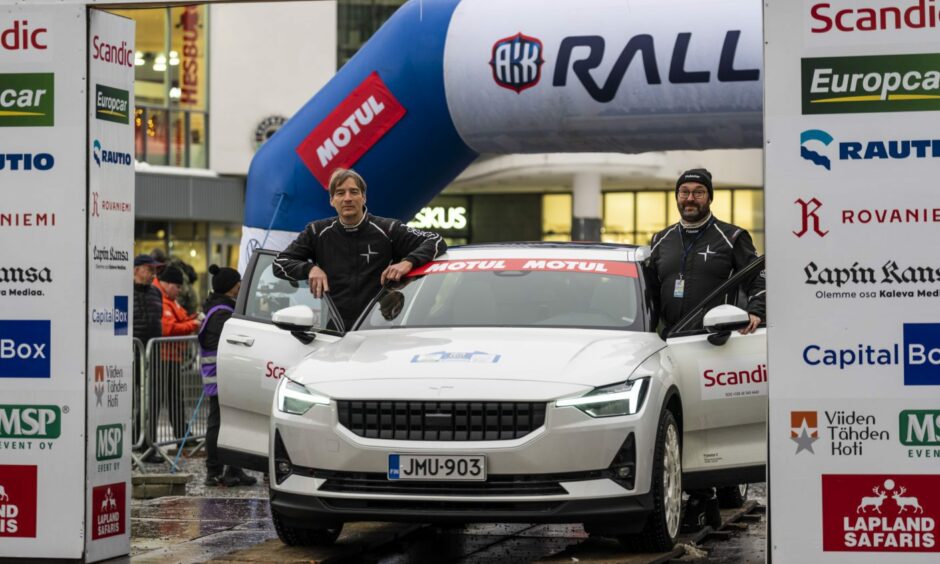
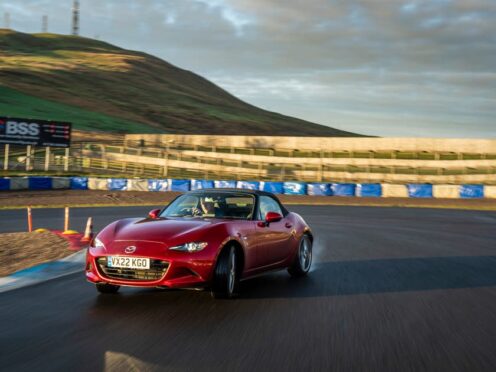
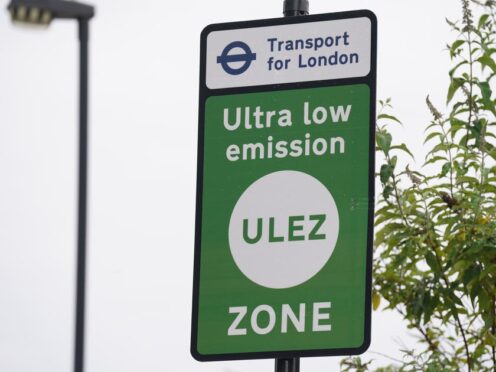
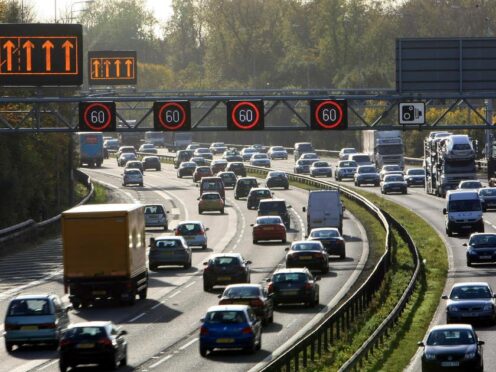
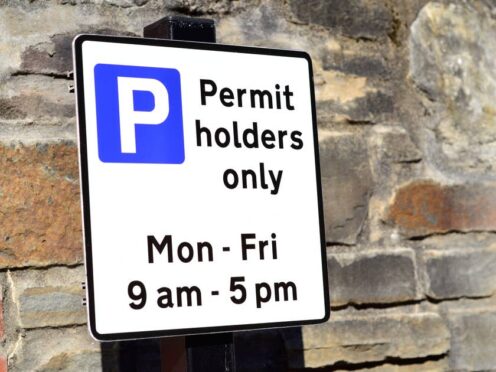
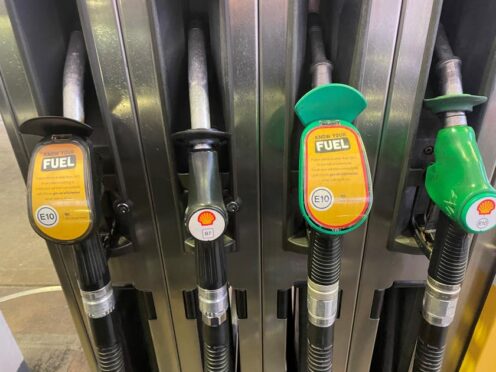
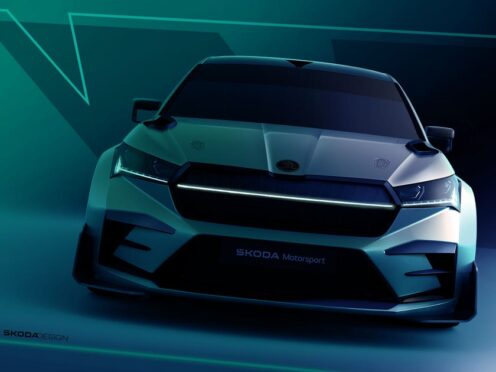
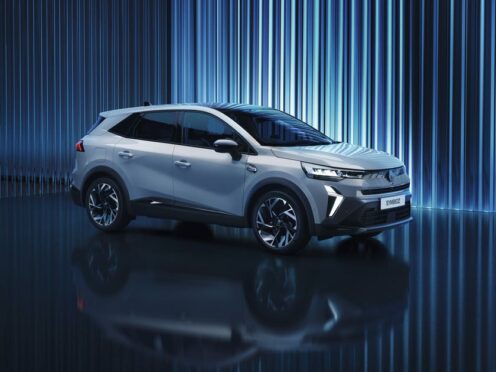
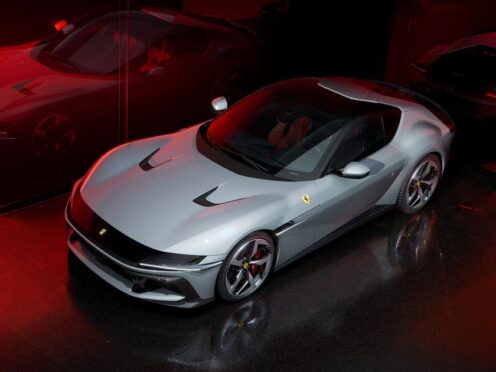
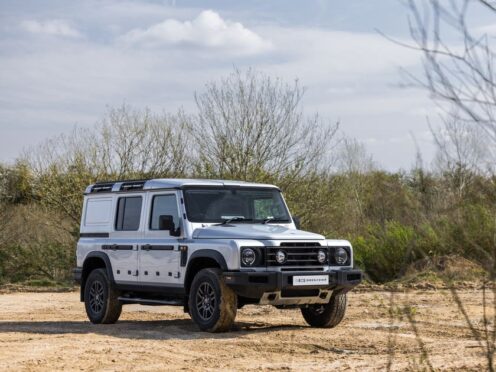
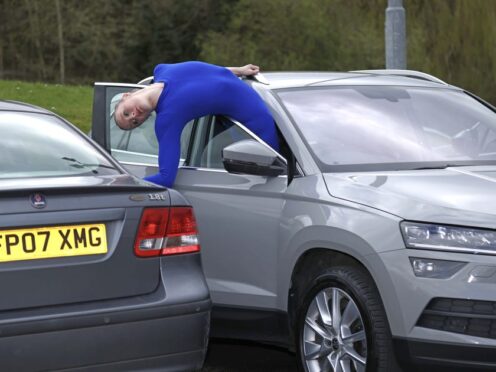
Conversation